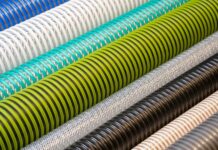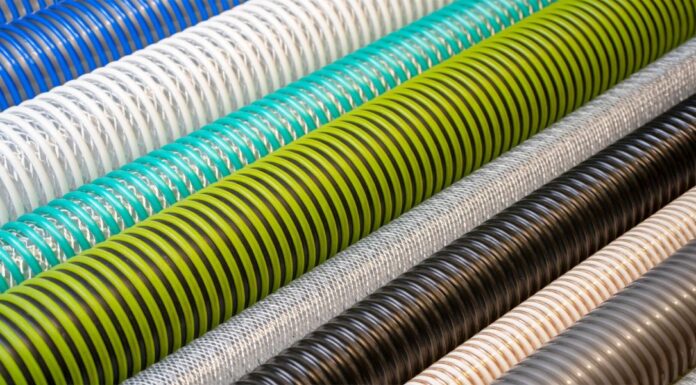
One out of ten people will suffer from arthritis in their lifetime. Arthritis is caused by the breakdown of the cartilage tissue in a person’s joints. This breakdown leads to swelling, stiffness, discomfort, and pain. Increasingly, researchers have been looking into bioprinting to 3D print replacement cartilage using patients’ own stem cells in order to get a damaged joint to heal itself, which would effectively end arthritis.
As part of the 3D-JOINT Project, funded by the European Commission’s Horizon 2020 framework, Professor Jos Malda with the University Medical Centre (UMC) Utrecht in the Netherlands and his team are developing bioprinted tissues that can replace a damaged part once implanted into a living joint. These bioprinted replacement tissues will eventually mature into a match for the original, healthy cartilage.
While it’s possible to 3D print stem cells layer by layer to make complex tissues, like knee cartilage, that doesn’t mean that they instantly become viable body parts and organs. It’s critical to keep the correct conditions for cellular building material, which is obviously trickier to deal with than plastic.
“Printing is not the last step in biofabrication, since printing something in the shape of a heart does not make it a heart. The printed construct needs time and the correct chemical and biophysical cues to mature into a functional tissue,” said Professor Malda.
Read more: 3D Bioprinting Replacement Cartilage for Curing Arthritis
thumbnail courtesy of 3dprint.com












